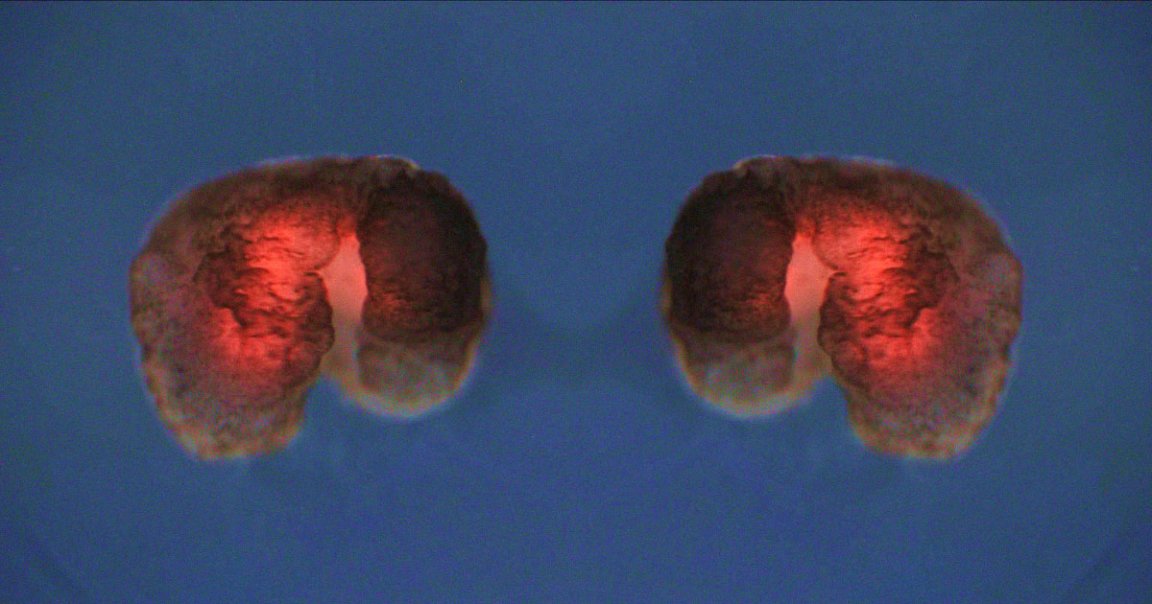
Scientists have created synthetic organisms that can self-replicate. Known as “Xenobots,” these tiny millimeter-wide biological machines now have the ability to reproduce — a striking leap forward in synthetic biology.
Published in the Proceedings of the National Academy of Sciences, a joint team from the University of Vermont, Tufts University, and Harvard University used Xenopus laevis frog embryonic cells to construct the Xenobots.
Their original work began in 2020 when the Xenobots were first “built.” The team designed an algorithm that assembled countless cells together to construct various biological machines, eventually settling on embryonic skin cells from frogs.
The machine bodies were assembled using biological cellular material and artificial electrodes. When they were activated, the cells began to work together. Forming a sort of architecture, the skin cells began to form into “bodies” that could perform specific tasks, such as pushing microscopic objects around or organizing themselves and moving in formation.
Moving beyond the ability to perform simple robotic tasks, the team has now upped the ante.
“With the right design — they will spontaneously self-replicate,” research co-leader Joshua Bongard, a computer scientist and robotics expert at the University of Vermont said in a press statement.
Much like any good dystopian “Kill all Humans” movie scenario, the little robots swim around and begin gathering hundreds of single cells in their Pac-Man-like “mouths.” A few days later, out pops a brand new Xenobot.
“It’s very non-intuitive. It looks very simple,” researcher Sam Kriegman said in the release, adding that “those parents built children, who built grandchildren, who built great-grandchildren, who built great-great-grandchildren.”
It’s natural to think that these little Xenobots will one day be responsible for a robotic uprising and the future hellscape of the “Terminator” franchise, but the biological machines are pretty harmless. Unlike current technology, like a laptop, Xenobots can simply be turned off, and in about seven days, biodegrade as any skin cell would. Moreover, the team isn’t looking to release Xenobots into the world to be robotic helpers. Rather, the idea is to study how their creation can lead to better and faster algorithms that can manipulate already living and functioning cells.
“If we knew how to tell collections of cells to do what we wanted them to do, ultimately, that’s regenerative medicine — that’s the solution to traumatic injury, birth defects, cancer, and aging,” said Tuft’s Michael Levin, a co-author on the study. “All of these different problems are here because we don’t know how to predict and control what groups of cells are going to build. Xenobots are a new platform for teaching us.”
More on synthetic organisms: Scientists Are Printing Living “Xenobots” Out of Biological Cells